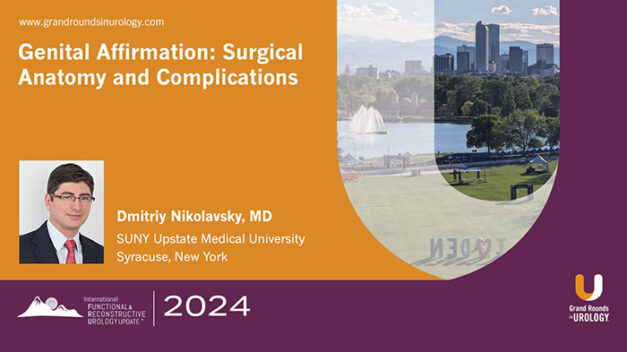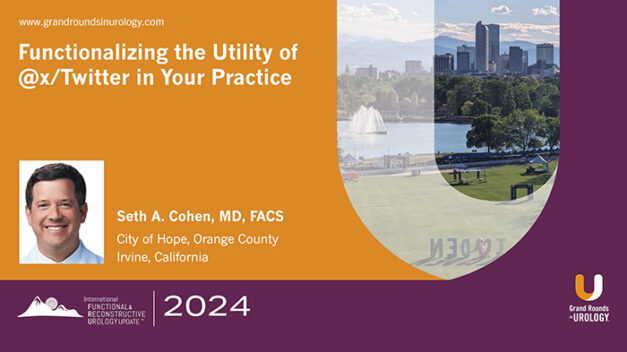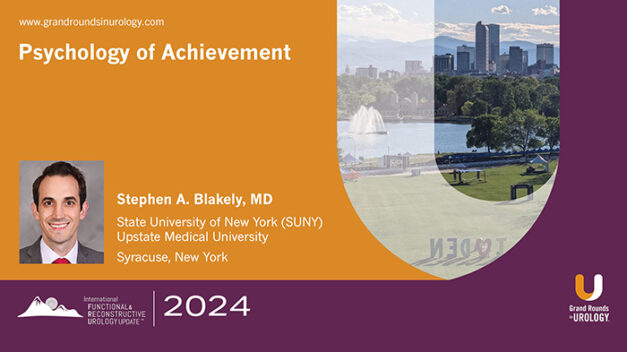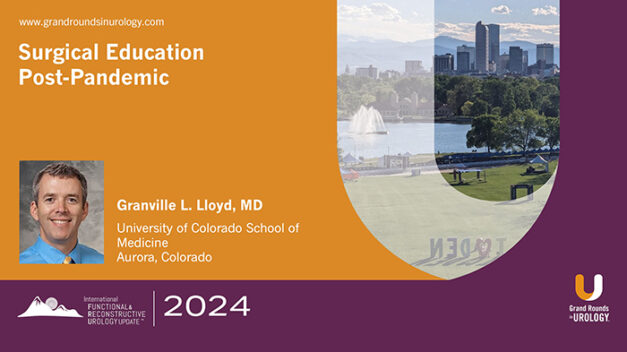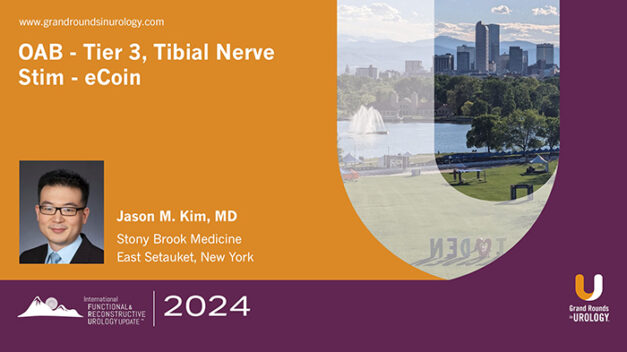Genital Affirmation: Surgical Anatomy and Complications
Dmitriy Nikolavsky, MD, draws on his 12-year experience in managing complications from gender-affirming surgeries, starting with an admission of initial unfamiliarity with the procedures. In this 21-minute presentation, Nikolavsky begins by emphasizing the importance of competent, sensitive healthcare, as many transgender patients report mistreatment in medical settings.
Dr. Nikolavsky outlines surgical procedures such as vaginoplasty and phalloplasty. He describes the steps to create a neovagina, including penile inversion techniques, and highlights common complications like strictures, fistulas, and prolapse. For phalloplasty, the steps involve creating urethral extensions and penile structures, with complications such as urethral strictures and fistulas also being common. He shares photos, illustrations, and a short video to illustrate the steps and possible complications in the procedures.
The importance of postoperative care, including dilation protocols for vaginoplasty patients, is highlighted, as failure to adhere can lead to neovaginal obliteration. Dr. Nikolavsky also touches on long-term issues, such as the need for prostate monitoring in trans women due to the retained prostate after surgery, and managing complications that arise from using various tissues, including gastrointestinal segments.

